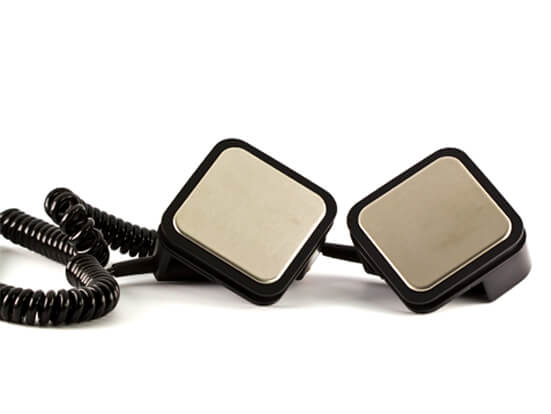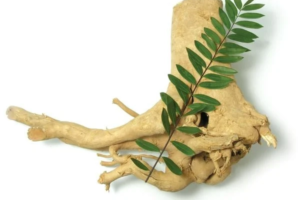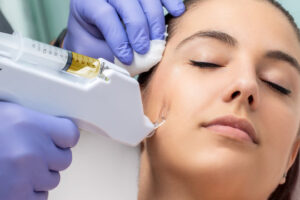Very Important! Lifesaving First Aid for Heart Attack
A heart attack, also known as myocardial infarction (MI), is a medical emergency that requires immediate intervention. When the blood supply to the heart is obstructed, it can lead to serious complications or even sudden cardiac arrest. Knowing lifesaving first aid can make the difference between survival and fatality.
Recognizing the Signs of a Heart Attack
Understanding the early symptoms of a heart attack is crucial. Many victims may ignore or misinterpret these signs, leading to delays in treatment. The most common symptoms include:
- Chest Pain or Discomfort: A feeling of pressure, squeezing, or pain in the center of the chest, lasting for more than a few minutes or recurring in waves.
- Shortness of Breath: Difficulty breathing, even at rest.
- Pain Radiating to the Arms, Neck, Jaw, or Back: Discomfort that extends beyond the chest.
- Cold Sweat: Sudden and excessive sweating.
- Nausea or Vomiting: Feeling sick to the stomach, often accompanied by dizziness.
- Lightheadedness or Fainting: Feeling weak or suddenly losing consciousness.
If you notice any of these symptoms, assume it is a heart attack and act immediately.
Step-by-Step First Aid for a Heart Attack
1. Call Emergency Services (911 or Local Number) Immediately
Time is crucial when dealing with a heart attack. Do not delay calling emergency medical help.
- Provide your exact location.
- Describe the symptoms in detail.
- Stay on the line and follow the dispatcher’s instructions.
2. Help the Person Stay Calm and Still
Encourage the person to sit down and remain calm. Sudden movements can worsen the attack. If possible, have them sit in a semi-reclined position (leaning against a chair or wall) to reduce strain on the heart.
3. Administer Aspirin (If Not Allergic)
Aspirin can help prevent further blood clot formation. If the person is not allergic and is conscious:
- Give one full-strength (325 mg) aspirin tablet or four baby aspirin (81 mg each).
- Instruct them to chew it rather than swallow it whole, as chewing helps absorption.
4. Administer Nitroglycerin (If Prescribed)
If the person has been prescribed nitroglycerin for heart conditions:
- Assist them in taking one dose under the tongue.
- Do not give nitroglycerin unless it is prescribed to the person.
5. Perform CPR if the Person Becomes Unconscious
If the person stops breathing or becomes unresponsive:
- Check for a Pulse: If no pulse is detected, begin CPR (Cardiopulmonary Resuscitation) immediately.
- Start Chest Compressions:
- Place both hands on the center of the chest.
- Press down hard and fast (at least 100–120 compressions per minute).
- Allow the chest to fully recoil between compressions.
- Use an AED (Automated External Defibrillator) if Available:
- Follow the voice instructions on the device.
- Continue CPR until medical help arrives.
Preventing Heart Attacks: Lifestyle and Medical Precautions
1. Maintain a Heart-Healthy Diet
- Consume fresh fruits, vegetables, whole grains, and lean proteins.
- Reduce saturated fats, processed foods, and added sugars.
- Increase omega-3 fatty acids (found in fish and flaxseeds) for cardiovascular health.
2. Exercise Regularly
- Engage in at least 150 minutes of moderate-intensity exercise per week.
- Walking, swimming, and cycling are excellent for heart health.
- Avoid prolonged sedentary behavior.
3. Manage Stress and Mental Health
- Chronic stress can contribute to high blood pressure and heart disease.
- Practice relaxation techniques such as meditation, deep breathing, or yoga.
4. Quit Smoking and Limit Alcohol Intake
- Smoking damages blood vessels and increases the risk of heart attacks.
- Excessive alcohol consumption can lead to high blood pressure and obesity.
5. Monitor and Control Health Conditions
- Keep blood pressure, cholesterol, and blood sugar levels in check.
- Regularly consult a doctor for heart health screenings.
When to Seek Medical Help Even Without Chest Pain
Sometimes, heart attack symptoms are silent or atypical, especially in women, older adults, and diabetics. If someone experiences unexplained extreme fatigue, jaw pain, nausea, or shortness of breath, seek immediate medical attention.
Final Thoughts: Immediate Action Saves Lives
A heart attack is a life-threatening emergency that requires quick and decisive action. Recognizing symptoms early, administering first aid, and calling for medical assistance immediately can significantly improve survival rates.
By spreading awareness and learning these critical lifesaving techniques, we can help save lives in emergencies. Stay informed, be prepared, and act fast!







